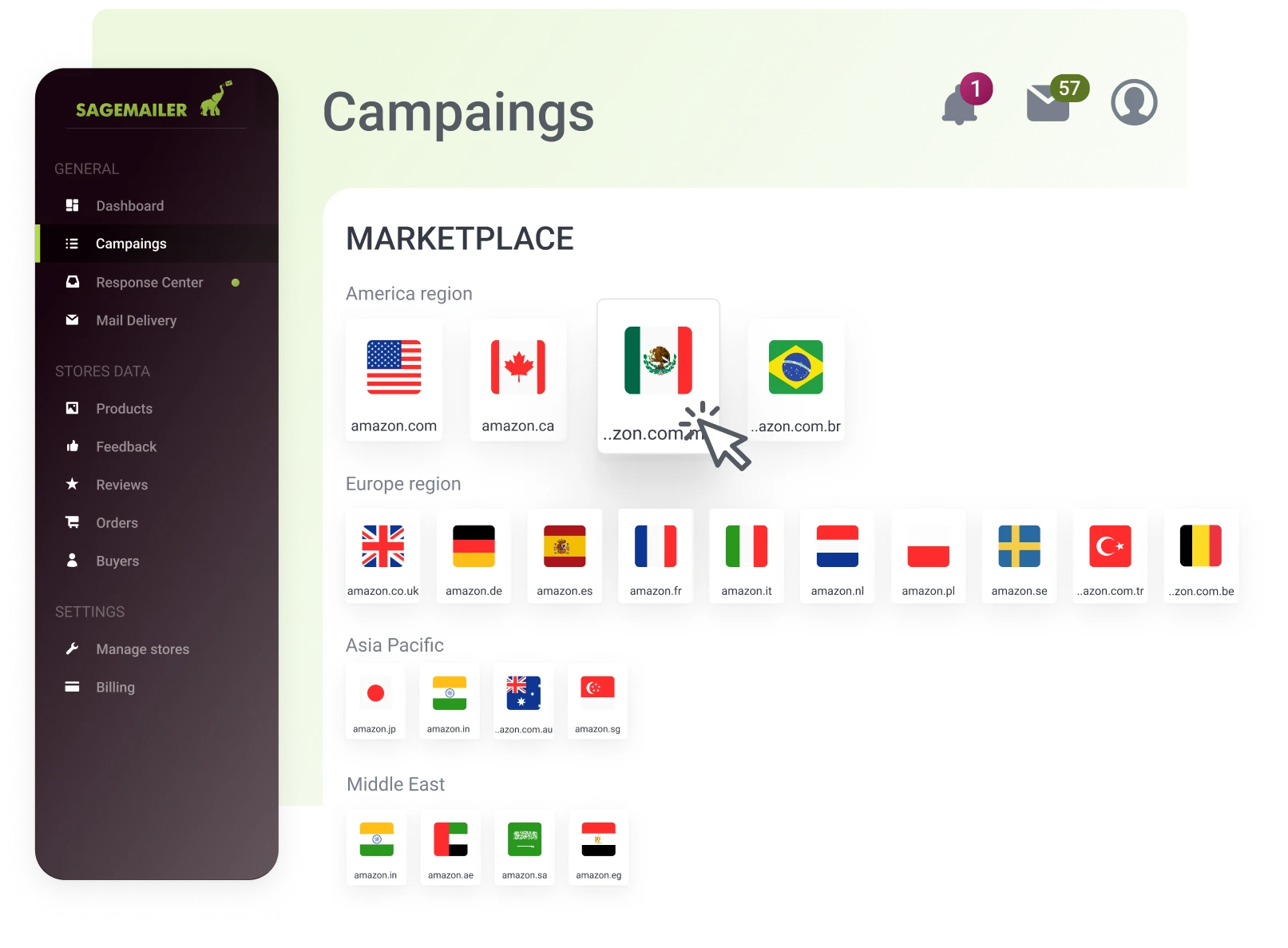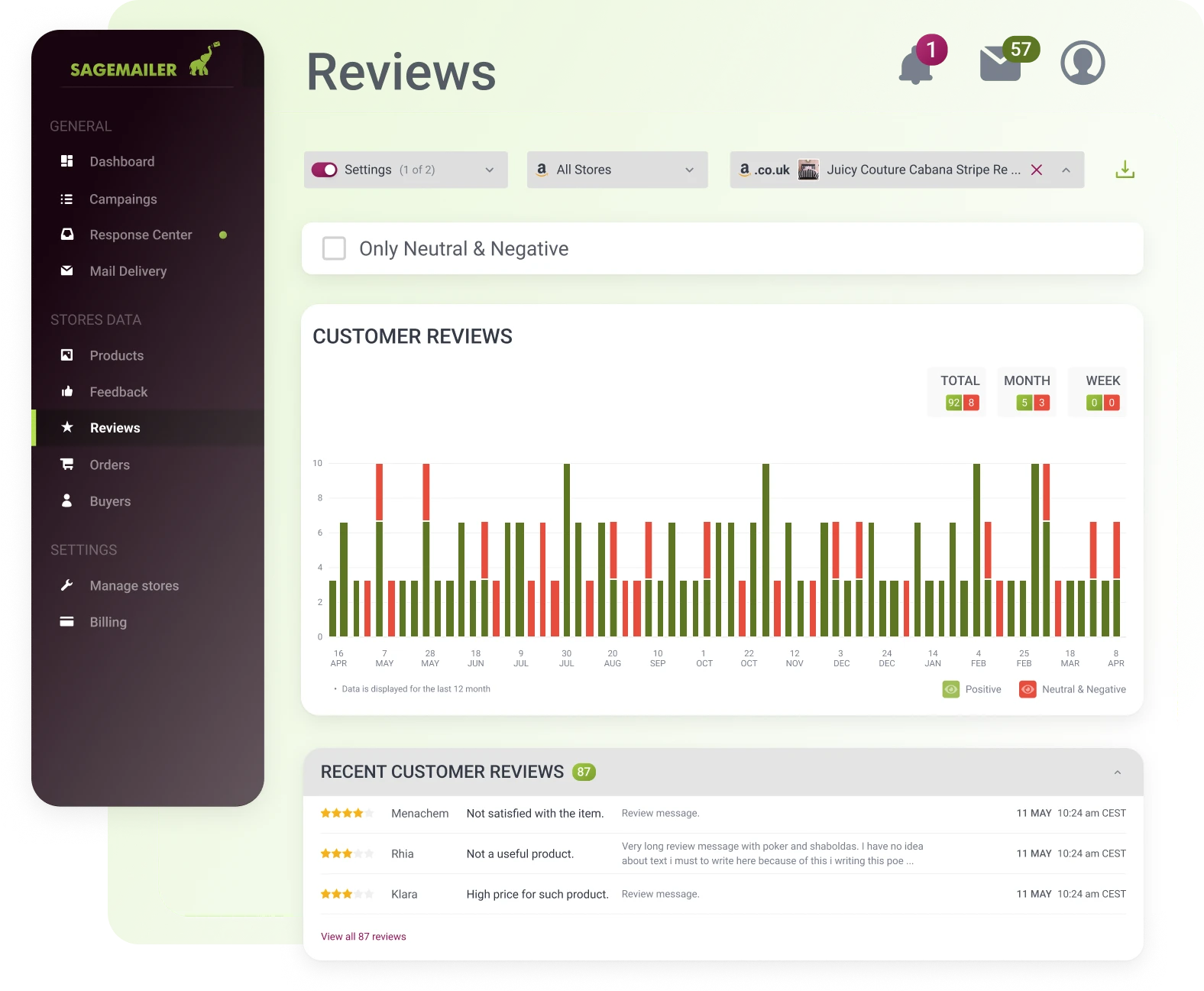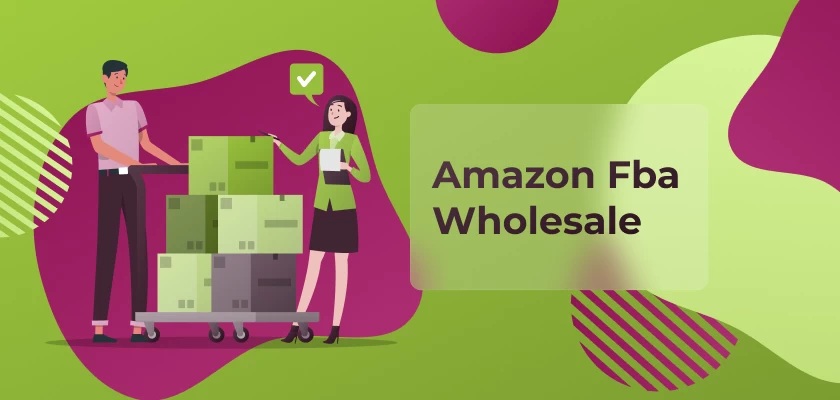Table of Contents
- 1 What is Amazon FBA Wholesale?
- 2 How to Start an Amazon FBA Wholesale Business
- 3 Where to Buy Wholesale Products to Sell on Amazon
- 4 Costs and Profitability in Amazon FBA Wholesale
- 5 Common Challenges in Amazon FBA Wholesale
- 6 Scaling and Growing Your Amazon Wholesale Business
- 7 Alternative Wholesale Selling Models on Amazon
- 8 Final Thoughts on Amazon FBA Wholesale
What is Amazon FBA Wholesale?
Amazon FBA Wholesale is a business model where sellers purchase products in bulk from wholesale suppliers and resell them on Amazon through the Fulfillment by Amazon (FBA) program. This method allows sellers to leverage Amazon’s logistics network while scaling their business efficiently. Unlike private label or retail arbitrage, wholesale selling involves working with authorized distributors and established brands.
Understanding the Wholesale Model for Amazon FBA
The wholesale model involves purchasing large quantities of products directly from manufacturers or distributors at discounted rates. Sellers then list these products on Amazon at competitive prices. Since these items are already established in the market, there is no need for extensive branding, marketing, or product development. Wholesale sellers benefit from predictable demand, a scalable inventory model, and access to high-ranking products.
How Wholesale Differs from Retail Arbitrage and Private Label
Wholesale differs from retail arbitrage, where sellers buy discounted products from retail stores and resell them on Amazon. Unlike arbitrage, wholesale sourcing ensures a steady and consistent supply of inventory. Compared to private label selling, where sellers create their own branded products, wholesale eliminates the need for product development, branding, and extensive marketing. This makes it a lower-risk model that focuses on leveraging existing product demand.
Key Benefits of Wholesale Selling on Amazon FBA
Wholesale sellers benefit from stable demand, reduced marketing efforts, and the ability to scale quickly. By working with established brands, sellers avoid the risks associated with launching unknown products. FBA handles storage, packaging, and shipping, allowing sellers to focus on sourcing and sales optimization. The wholesale model also provides better profit margins compared to arbitrage and reduces the risk of price fluctuations.
How to Start an Amazon FBA Wholesale Business
Registering as an Amazon Wholesale Seller
To begin selling wholesale on Amazon, sellers must create a professional seller account. A professional account is required to access Amazon’s wholesale marketplace and secure supplier partnerships. Sellers must provide tax information, company details, and payment credentials during registration.
Getting Approval for Wholesale Categories and Brands
Some product categories and brands require approval before selling on Amazon. Sellers must apply for category approval by submitting invoices from authorized distributors and demonstrating compliance with Amazon’s selling policies. Approval requirements vary by category, and restricted brands often require direct authorization from the manufacturer.
Understanding Amazon’s Wholesale Policies and Seller Requirements
Amazon has strict policies regarding wholesale selling to protect customers and brands. Sellers must ensure that all products are authentic, comply with intellectual property rights, and meet Amazon’s quality standards. Violating Amazon’s policies can lead to listing suspensions or account bans, so sellers must work with reputable suppliers.
Where to Buy Wholesale Products to Sell on Amazon
Finding Reliable Amazon Wholesale Suppliers
Reliable wholesale suppliers can be found through trade shows, online directories, and direct manufacturer relationships. Sellers should focus on suppliers that provide competitive pricing, consistent stock availability, and efficient order fulfillment.
How to Identify Trustworthy Wholesale Distributors
Trustworthy wholesale distributors are authorized to sell branded products and provide verifiable business credentials. Sellers should verify distributor legitimacy by checking for tax ID requirements, requesting company references, and confirming direct relationships with manufacturers.
Best Wholesale Websites and Direct Manufacturer Deals
Sellers can source products from established wholesale marketplaces such as Alibaba, SaleHoo, and Worldwide Brands. Direct partnerships with manufacturers often provide better pricing and priority access to inventory. Many brands prefer working with approved resellers, so sellers should focus on building strong supplier relationships.
Domestic vs. Overseas Wholesale Vendors – Pros and Cons
Domestic wholesale suppliers offer faster shipping times, lower import duties, and easier communication. However, pricing may be higher compared to overseas suppliers. Sourcing from overseas vendors, such as those in China, can provide lower costs but may involve longer lead times, quality control challenges, and additional shipping expenses.
Costs and Profitability in Amazon FBA Wholesale
Understanding Wholesale Pricing and Cost Structures
Wholesale pricing involves bulk purchases at discounted rates. Sellers must account for the cost of goods sold (COGS), shipping expenses, FBA fees, and storage costs to determine overall profitability.
How to Calculate Profit Margins for Wholesale Products
Profit margins are calculated by subtracting total costs from the selling price. Tools like Amazon’s FBA revenue calculator help estimate fees and ensure sustainable profit margins. Sellers should target a minimum profit margin of 20-30% to remain competitive.
Managing FBA Fees, Storage, and Shipping Costs
FBA fees vary based on product size and weight. Storage fees apply to long-term inventory, so managing stock efficiently prevents excessive charges. Optimizing shipping by consolidating shipments reduces costs and improves overall profitability.
Strategies to Maximize Profitability in Wholesale FBA
Sellers can negotiate better prices with suppliers, optimize product listings, and use Amazon advertising to increase sales velocity. Monitoring inventory levels and avoiding slow-moving stock also helps maintain healthy profit margins.
Common Challenges in Amazon FBA Wholesale
Many brands restrict wholesale sales on Amazon. Sellers must obtain brand approvals and ensure compliance with intellectual property rights to avoid listing suspensions.
Handling Competition from Other Wholesale Sellers
Price competition among wholesale sellers can reduce profit margins. Using repricing tools and maintaining strong supplier relationships can provide a competitive advantage.
Managing Inventory Turnover and Avoiding Storage Fees
Slow-moving inventory results in high storage fees. Sellers should analyze demand trends and reorder only high-performing products to optimize stock turnover.
Preventing Policy Violations and Account Suspensions
Amazon enforces strict policies on authenticity and customer experience. Sellers should source from legitimate distributors, maintain accurate product listings, and monitor account health metrics.
Scaling and Growing Your Amazon Wholesale Business
Expanding Your Product Catalog with Multiple Wholesale Vendors
Diversifying suppliers reduces dependency on a single source and mitigates risks related to stock shortages or supplier issues.
Using Amazon PPC and Promotions for Wholesale Products
Amazon advertising and promotional campaigns enhance product visibility. Optimizing ads and leveraging discounts can boost sales performance.
Leveraging Data and Analytics to Optimize Sales
Tracking sales metrics, conversion rates, and customer reviews helps sellers refine their product offerings and marketing strategies for better profitability.
Building Strong Supplier Relationships for Better Pricing
Long-term supplier partnerships often lead to better pricing, priority stock allocation, and exclusive distribution agreements.
Alternative Wholesale Selling Models on Amazon
Combining Wholesale with Private Label or Arbitrage
Some sellers mix wholesale with private label to increase brand control while maintaining steady wholesale revenue.
Working with Third-Party Logistics (3PL) for Wholesale FBA
3PL services provide additional warehousing and shipping support, reducing FBA storage fees and improving fulfillment flexibility.
Selling Wholesale via FBM Instead of FBA
FBM allows sellers to manage their own fulfillment, reducing FBA fees but requiring efficient logistics and customer service.
Comparing Amazon Wholesale to Dropshipping and 3PL
Wholesale offers greater control over inventory compared to dropshipping, while 3PL provides alternative fulfillment solutions for scaling operations.
How SageMailer Helps Users as a Service
SageMailer is a comprehensive email automation platform designed for Amazon sellers, empowering them to enhance customer relationships, boost seller performance, and drive sales through targeted communication. Here’s a closer look at its core benefits:
1. Automated Customer Communication
- Follow-Up Campaigns: Streamlines the process of sending personalized follow-up emails, including review and feedback requests, to improve customer satisfaction.
- Shipping and Delivery Alerts: Automatically informs customers about their order status, enhancing the post-purchase experience.
- Customizable Email Templates: Offers a variety of pre-designed templates that can be personalized for different customer segments, saving time and ensuring consistent messaging.

2. Review and Feedback Management
- Automated Review Requests: Simplifies the process of requesting reviews, fully compliant with Amazon’s guidelines, including the “Request a Review” button.
- Real-Time Negative Review Alerts: Instantly notifies sellers of negative reviews, enabling rapid responses to address customer concerns.
- Enhanced Reputation Management: Centralizes review monitoring, making it easier to track, respond to, and improve seller ratings.
3. Performance Analytics and Optimization
- Campaign Insights: Provides in-depth reports on email open rates, click-through rates, and customer engagement for data-driven decision-making.
- A/B Testing Capabilities: Allows sellers to test different email strategies, optimizing for maximum impact and improved conversion rates.

4. Automated Customer Support
- Smart Auto-Responses: Handles routine customer inquiries automatically, reducing response time and improving customer experience.
- Comprehensive Message Tracking: Keeps a complete history of all customer interactions, providing a 360-degree view of customer communication.
5. Security and Compliance
- Amazon TOS Compliance: Ensures that all communications adhere to Amazon’s strict seller policies, reducing the risk of account suspension.
- Robust Data Protection: Implements strong encryption protocols to secure customer data and maintain trust.
Final Thoughts on Amazon FBA Wholesale
Is Amazon FBA Wholesale the Right Business Model for You?
Wholesale FBA is ideal for sellers seeking a scalable, lower-risk business model with consistent demand and established product markets.
Key Takeaways for New Wholesale Sellers
Understanding sourcing, cost structures, and Amazon policies is essential for success in wholesale selling.
Next Steps to Start Selling Wholesale on Amazon FBA
Sellers should focus on supplier sourcing, brand approvals, and pricing strategies to build a profitable wholesale business on Amazon.

